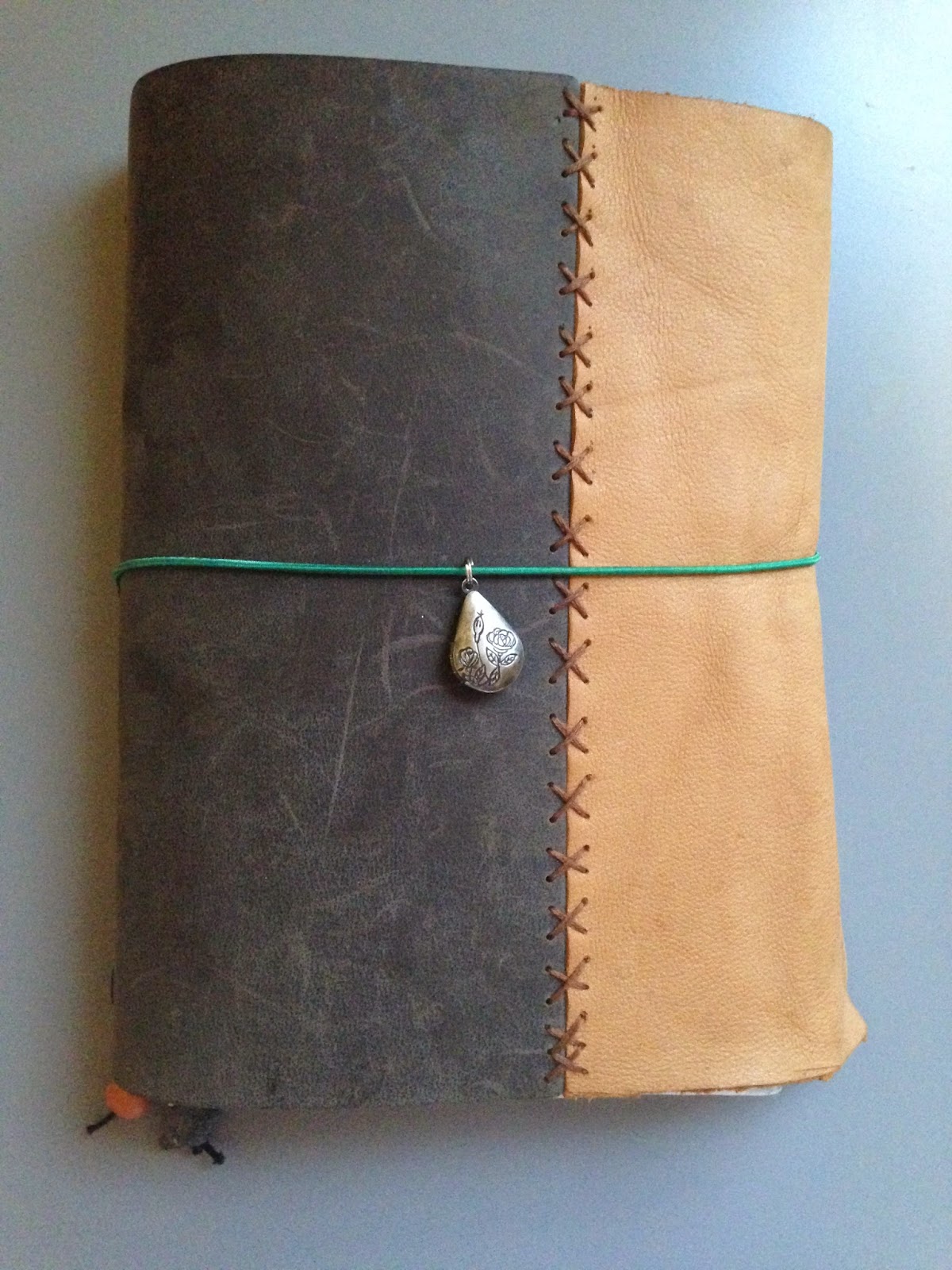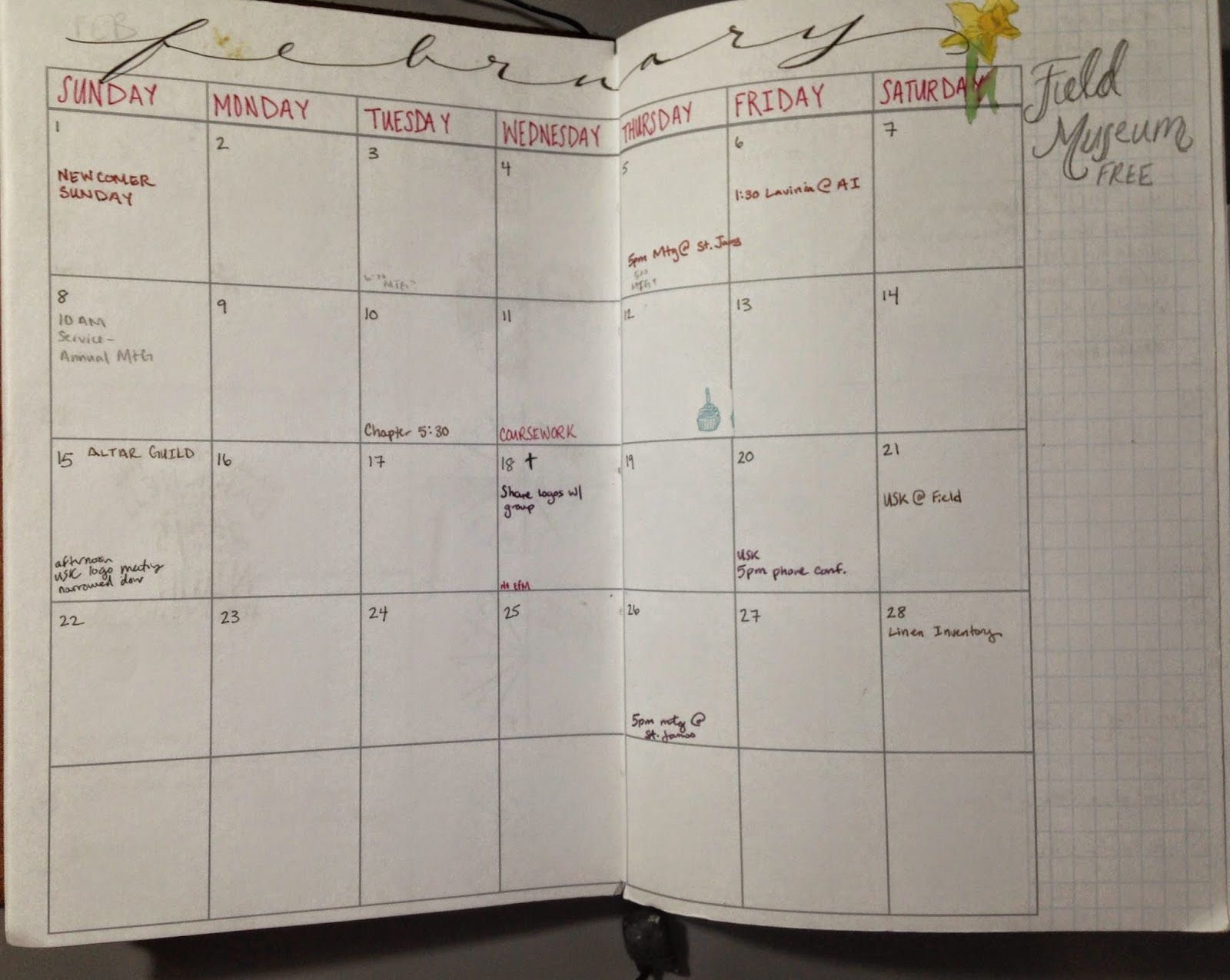Retro Satana. Get behind me, Satan.
I was seven, maybe eight when I was taught how to rebuke Satan.
Perhaps my teacher meant that I should tell spiritual attackers to get behind me in the name of Christ. But at that age I heard and believed that any attacker should be addressed such. I believed with the passion of a child who wanted to understand the world.
Thankfully no one tried to do me physical harm while I still believed that rebuking Satan was a better defense than running.
For many years I understood the passage in Mark 8 where Jesus says to Peter, "Get behind me, satan," in that context. A rule to follow. An example of how to handle danger. A Jesus-approved response.
When I was a little older I considered the passage anew. By then I had relationships I valued with those in authority over me. I was horrified for Peter. I couldn't understand why his concern for his beloved teacher was so violently rejected.
And Jesus's response sounded like a violent rejection. "Get behind me," read an awful lot like "get out of my way" or even "get out of my sight." I could just see Jesus's face turn hard with disgust as he spoke. Then there was that cutting epithet of "Satan."
But this passage isn't what I thought at eight or even at eighteen.
 |
| Peter kneeling before Jesus |
You see Peter had just announced his belief in Jesus as the Messiah. This side of the cross it's easy to think Peter is retracting here. As if at his first belief he understood all that was coming, but changes his mind when he actually hears it. The tradition of my youth even suggested that Peter was briefly possessed.
Peter is speaking out of concern or his beloved teacher. Yet this isn't concern like "have a snack, Jesus." No, Jesus has just announced the way of his work is through suffering death. Peter says, "Don't talk like that." Jesus says, "Get behind me, satan."
I don't know for certain what Jesus was getting at with the "satan"
epithet, but I do know it wasn't the idea of Satan I grew up with.
How do I know?
Well, Jesus
was a Jew. Obvious, I know but so easy to forget when we are trying to
understand his words and parables. A Jew talking to Jews. They wouldn't have had a pointy-tailed being in mind.
The
oldest reference to "satan" in the Hebrew scriptures is in the book of
Job and is actually "the accuser." The prosecutor. A title, not a name.
A role in the court of the Almighty. Not a being vying for power with
God.
So Jesus isn't call Peter an evil being, but what about that "get behind me business"?
What has Peter said that's worthy of this response?
 |
| Mosaic of: (L) the divine visitors promising a child to Abraham & Sarah (R) Abraham & Issac |
One of the great benefits of the lectionary is that passages like this aren't read alone. Gospel passages are interpreted alongside Jewish history. This passage is paired with Genesis 17 where Abraham is promised offspring from his wife Sarah. They laugh. They fall on their faces laughing at what God has said. Then they try to make God's promise true.
You see Abraham is nearly one hundred "as good as dead," and Sarah has been barren her whole life and is now post-menopause. They cannot imagine how the promised end (offspring like the stars) can come through the way described--through people like them. People lacking in everything they thought required.
So they try other means.
Of course we know what happens after they've tried other means. After they've forced Haggar, a slave woman, to have a child by Abraham. After she bears a son and relationships get really messy, then the unimaginable happens. Sarah has a son by Abraham.
That's what I think is going on with Peter here. He can't imagine the messiah coming to glory by way of suffering death. "Surely not," he says. This is unimaginable. We will find another way. This can't really mean your death, Jesus.
That's when Jesus says his famous line.
I'm told that "get behind me" here is the same Greek phrase used when Jesus first calls Peter. It makes sense -- to follow is to get behind. "Follow me and I will make you fishers of men" might read "get behind me and I will make you fishers of men."
This deeply changed my understanding of the passage.
Jesus is calling Peter to follow him again -- just as he did by the Sea of Galilee. Peter has been following Jesus physically. He's tried to follow Jesus mentally too. Peter even came to believe in Jesus as the messiah. But then he had his own understanding of what being messiah would mean.
He can't imagine how the promised end can come from death.
So Jesus calls him back. Calls him from the role of accuser or tempter back to the turning of his heart toward God. Calls him back to all he has learned about the ways God works.
Get behind me, satan.
Follow me, accuser.
Follow me and see what unimaginable will come to pass.











